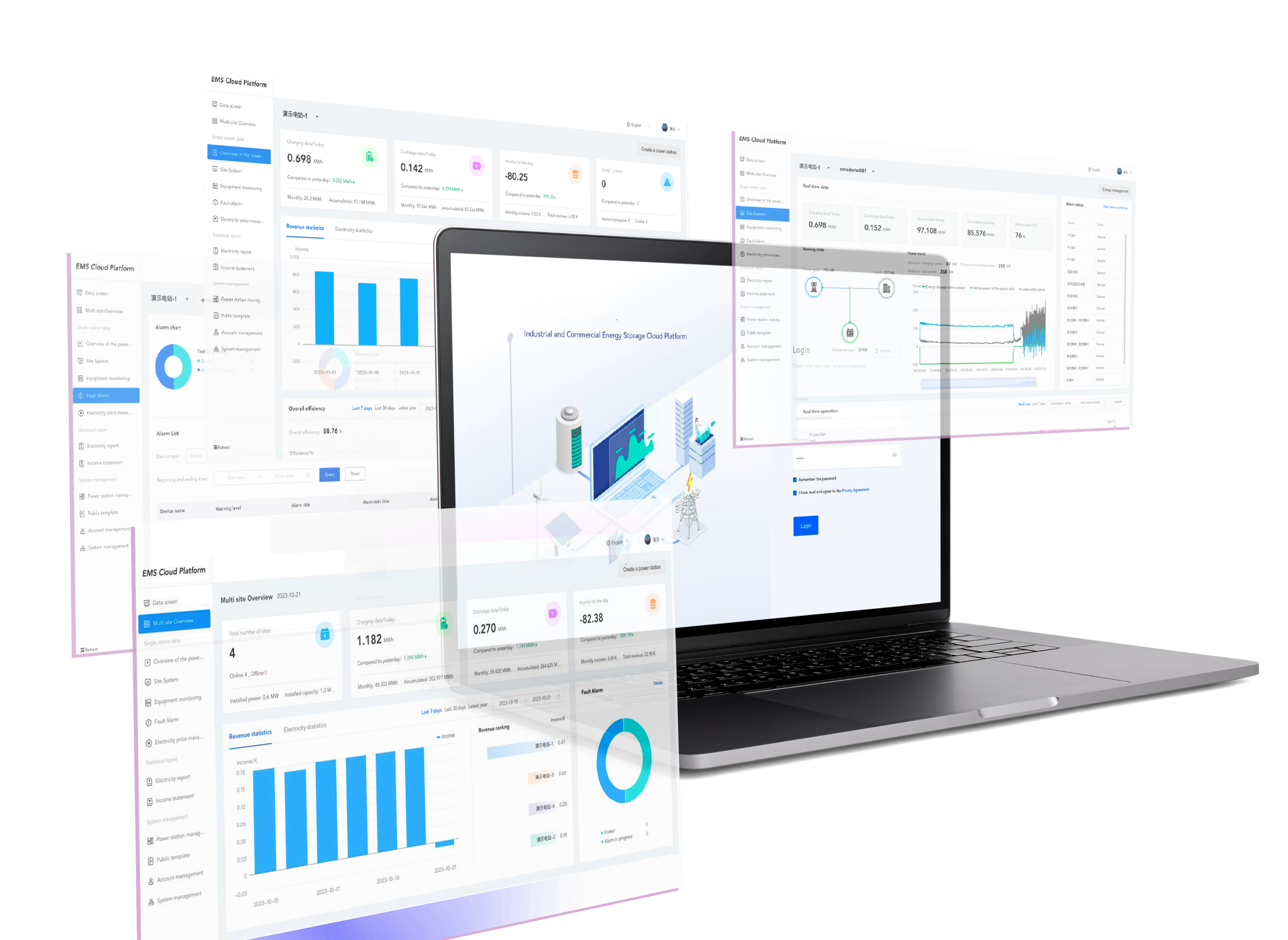EV Charging Management Software – A Guide

As electric vehicles (EVs) gain popularity, the demand for efficient and reliable EV charging management software becomes increasingly critical. According to recent studies, nearly one in five cars sold in 2023 was electric. Consequently, this surge necessitates advanced solutions to effectively manage the growing network of charging stations. EV charging management software facilitates seamless operations, enhances user experience, optimizes energy usage, and supports the growth of sustainable transportation. In this context, this comprehensive guide will explore the key features, benefits, and considerations when choosing EV charging management software, ensuring you make an informed decision that meets your goals and objectives.
Understanding EV Charging Management Software
In essence, EV charging management software is a digital solution designed to manage, monitor, and optimize the operations of EV charging stations, generally on a cloud-based platform. It serves various stakeholders, including charge point operators (CPOs), fleet managers, utility companies, and EV drivers. The following outlines the core functionalities of charging management software:
- Monitoring and Control: Enables real-time oversight of charging stations—tracking status, performance, and energy use—to quickly resolve issues and maintain network efficiency.
- User Management: Simplifies account maintenance and user segmentation (e.g., employees, customers, VIPs) with tailored payment plans and access rights for a personalized, seamless experience.
- Load Management: Optimizes energy distribution to prevent grid overloads, reduce costs, and balance demand across stations for improved grid stability.
- Payment Management: Manages billing and transactions with support for multiple payment methods, ensuring fast, convenient payments—something 47% of UK EV drivers say they value most.
- Reporting and Analytics: Delivers detailed reports on usage, performance, and financials to help operators enhance service, reduce costs, and uncover new revenue opportunities.
By encompassing these core functionalities, EV charging management software provides a comprehensive solution for CPOs and fleet managers managing multiple EV charging stations, ensuring efficient operations, satisfied users, and sustainable growth.

Key Features of EV Charger Management Software
When evaluating EV charger management software, it’s essential to understand how each feature enhances reliability, efficiency, and user experience. Furthermore, scalability enables growth, intuitive design improves engagement, and analytics support proactive maintenance. White labeling builds brand loyalty, robust security ensures compliance, and OCPP interoperability future-proofs the network—helping operators choose software that meets current and future needs.
| Feature | Importance |
| Scalability | As the adoption of EVs increases, having scalable charging software ensures that your infrastructure can handle more users and more stations efficiently, avoiding disruptions and maintaining service quality. |
| Multi-Location Support | For operators with charging stations in various locations, multi-location support is crucial for maintaining consistency in service and operational efficiency. |
| User-Friendly Interface | An intuitive interface ensures that users can easily locate and use charging stations, enhancing user satisfaction and encouraging more frequent use. |
| Mobile App Integration | Mobile app integration is vital for modern users who prefer managing their activities through mobile devices. It makes the charging process seamless and user-friendly |
| Real-Time Data | Real-time data is critical for maintaining the reliability and efficiency of the charging network. It helps operators identify and resolve problems swiftly, ensuring continuous service. |
| Predictive Maintenance | Predictive maintenance helps prevent unexpected failures and costly repairs, ensuring that charging stations remain operational and reliable. |
| White Labeling | Strong branding can differentiate your service from competitors and build a loyal customer base. |
| Data Security | Data security is paramount in today’s digital landscape, where data breaches can lead to significant financial and reputational damage. |
| Compliance | Compliance with regulations is crucial for legal operation and maintaining credibility with users and authorities. |
Benefits of EV Charging Management Software
Implementing EV charging station management software offers many benefits that enhance user experience, operational efficiency, and financial performance.
- Enhanced User Experience: One of the primary benefits is the enhanced user experience. Charging management software simplifies the process for users by providing easy access to charging stations with straightforward payment options. Real-time updates on charger availability and performance ensure that users can conveniently find and use charging stations. This reliability builds user trust and satisfaction, encouraging more frequent use of the charging network. The convenience and reliability offered by the software are essential in creating a seamless and positive charging experience.
- Improved Operational Efficiency: EV charging station management software improves operational efficiency. Energy optimization features help manage load distribution effectively, reduce energy costs, and prevent grid overloads. Automated processes streamline operations by minimizing manual intervention, allowing operators to focus on more strategic tasks. This efficiency reduces operational costs and ensures that the charging network runs smoothly and reliably.
- Increased Financial Performance: Flexible pricing strategies enabled by the software allow operators to maximize revenue. For instance, operators can implement pay-per-use, subscription-based, or tiered pricing models to attract a broader range of users and optimize income. Moreover, cost savings are another significant benefit achieved through efficient energy usage and maintenance scheduling. By reducing unnecessary energy consumption and preventing costly repairs through predictive maintenance, operators can significantly lower expenses. Ultimately, these financial benefits make investing in EV charging software highly worthwhile.
By focusing on these benefits, operators can ensure that their EV charging networks meet users’ current demands and contribute to long-term sustainability and profitability. Enhanced user experience, operational efficiency, and financial performance collectively make EV charging management software indispensable for modern charging networks.
Choosing the Right EV Charging Software
When it comes to selecting EV charging software, several factors must be considered to ensure that the chosen solution meets your needs and supports your long-term goals.
- Specific Needs and Objectives: Define your main goals—whether improving user experience, optimizing energy use, or expanding your network—to guide your software choice.
- Budget: Consider total ownership costs, including setup, subscriptions, and upgrades. Choose software with flexible pricing models that balance affordability with scalability and essential features.
- Support: Reliable vendor support ensures smooth operation. Research vendor reputation, customer reviews, and responsiveness to guarantee dependable assistance and minimal downtime.
- Future-Proofing: Select software built to evolve with new technologies and industry standards. Look for scalable, regularly updated solutions that protect your investment as the EV market advances.
Ultimately, by carefully considering these factors, you can make an informed decision when selecting EV charging management software. In doing so, you’ll choose a solution that meets your current requirements and supports future growth and technological advancements, ensuring sustained success in managing your EV charging network.
In conclusion, investing in the right EV charging management software is crucial for successfully operating EV charging networks. By thoroughly understanding the key features and benefits and evaluating the available solutions, you can choose one that enhances user experience, optimizes operational efficiency, and contributes to sustainable transportation.



